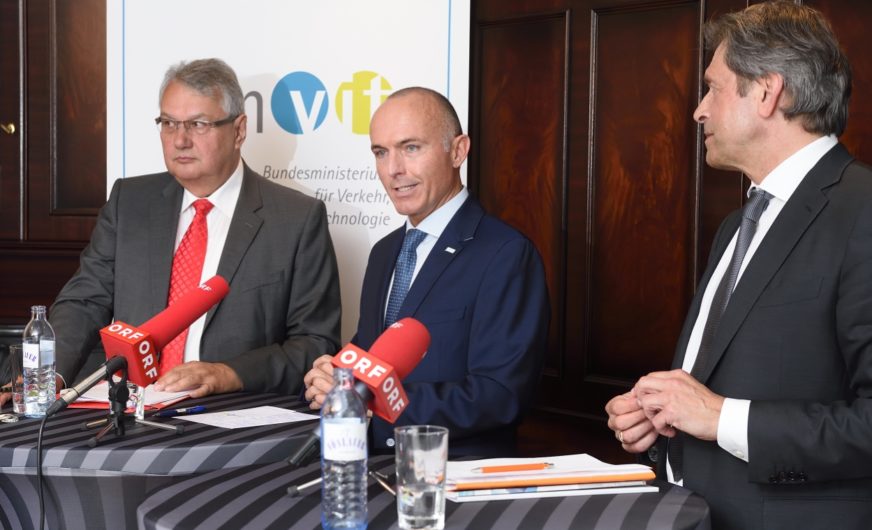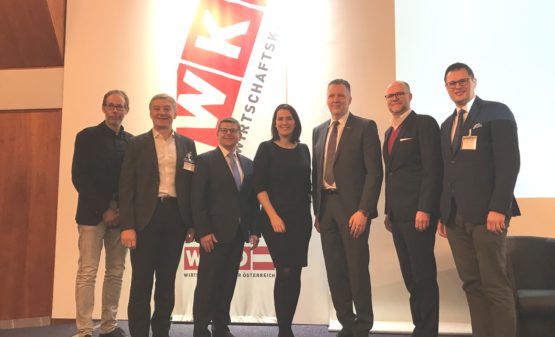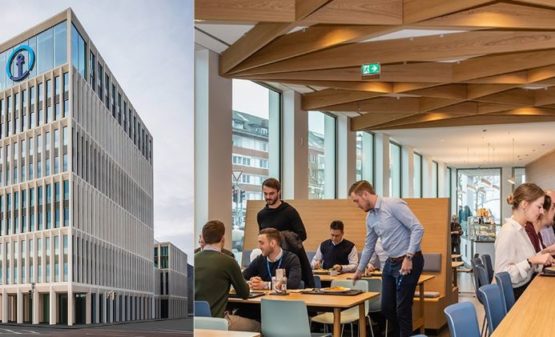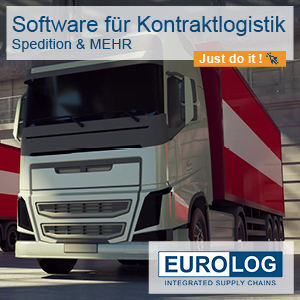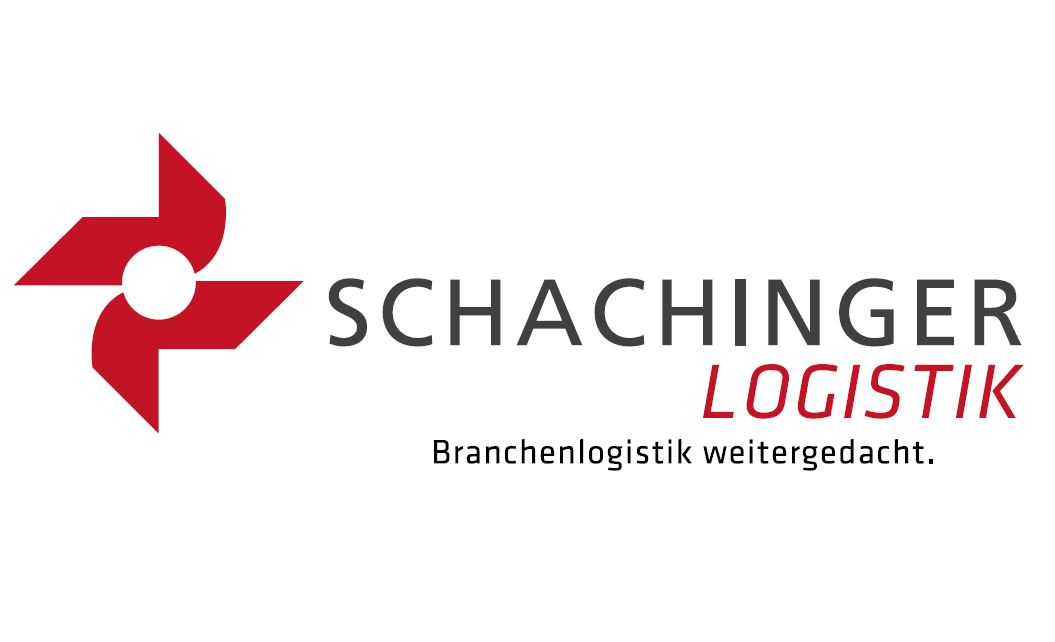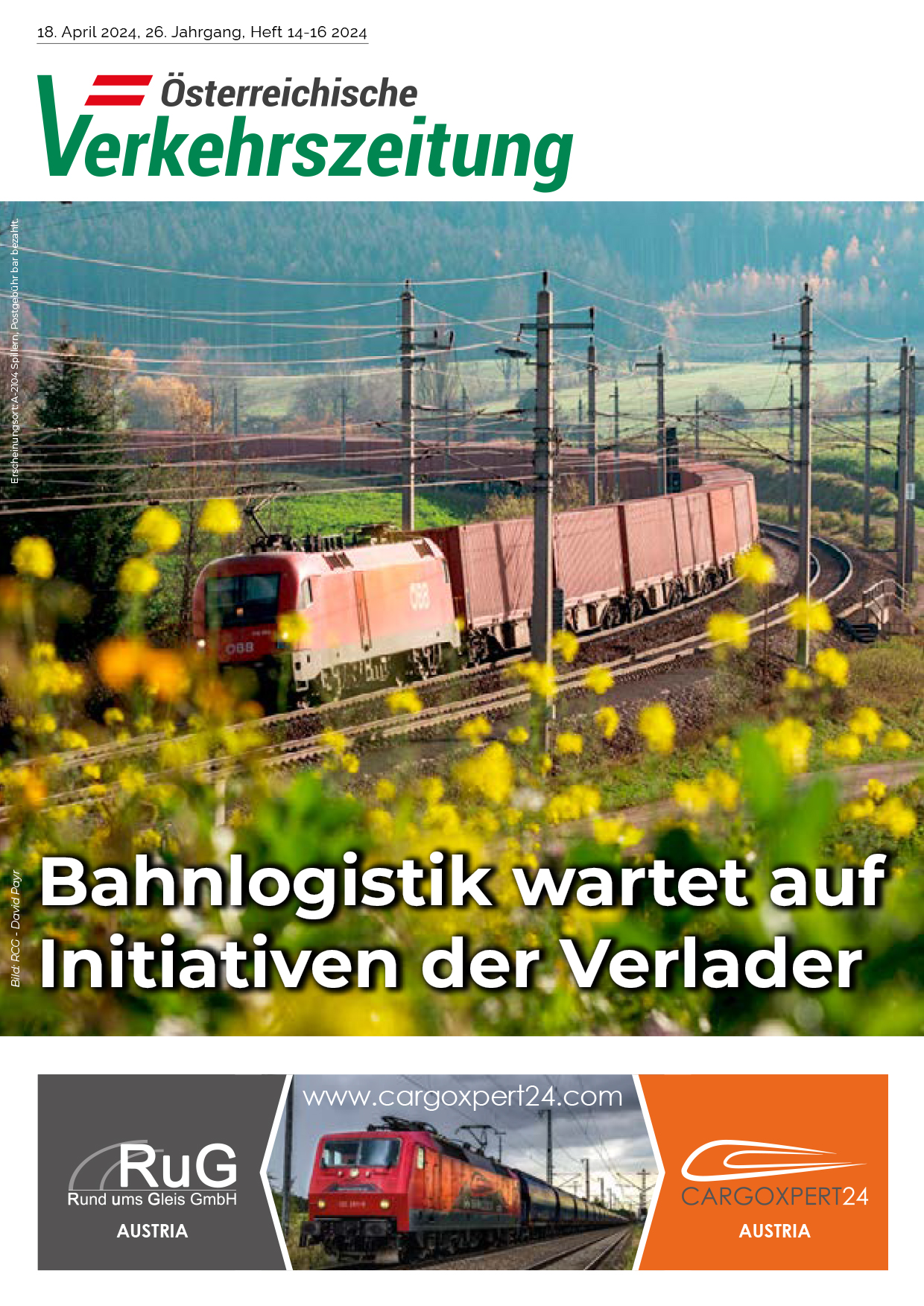In the course of a press conference in the port of Vienna on 11 May, Gerald Klug, Minister of Infrastructure, Wolfgang Niessner, CEO Gebrüder Weiss Holding AG, and traffic expert Walter Brenner presented the government’s plans to increase the degree of efficiency of the subsidies granted by the Ministry of Transport (bmvit) to wagon load traffic from 2018.
“We have ambitious targets to shift cargo to the railway. We intend to increase the share of rail transport by 2030 from one third to 40 percent. The reform of the subsidies system for rail freight transport in Austria plays a crucial role. With the planned changes in favor of wagon load traffic we can shift an additional 100,000 truck trips or 157 million net tonne kilometers to the railway,” said Gerald Klug.
Wagon load freight accounts for the biggest share of rail freight transport in Austria. A recent study with this focus shows that goods transport on the main network, that is between hubs, it is often cheaper than road transport. The highest cost for companies are the route section to the first hub and later on the way from the last hub to the destination.
“We want our subsidies to be effective and are best matched to the needs of companies. Therefore, in future we will increasingly support the sections between the companies and the hubs”, said the Minister. For the period from 2018, he announced the introduction of a uniform funding rate of EUR 22.07 per 1,000 tonne-kilometers.
“Thus, by taking greater account of the cost structure of wagon load cargo and short distance transport – with the same financial resources – we can triple the efficiency of the subsidies,” Walter Brenner explained the results of the study, which was conducted by the rail infrastructure services company (SCHIG).
The area in which the costs of rail and road transport do not differ much, is the distance between 120 and 300 kilometers for most transports. The study therefore recommends supporting exactly this area, where the cost comparison is only in favour of rail with subsidies.
Also Wolfgang Niessner, CEO Gebrüder Weiss Holding AG emphasizes on the need to shift transport from road to rail. “Austria is obliged to achieve defined environmental objectives. And in this sense, the new subsidies system of the Ministry of Infrastructure is to be welcomed.
More transport by rail means reduced emissions. In addition, competitive rail solutions for logistics provide more options when selecting the most appropriate means of transport. ”
The Ministry of Infrastructure (bmvit) funds rail freight in Austria with EUR 100 million every year. The current funding program needs to be renewed in 2018.


